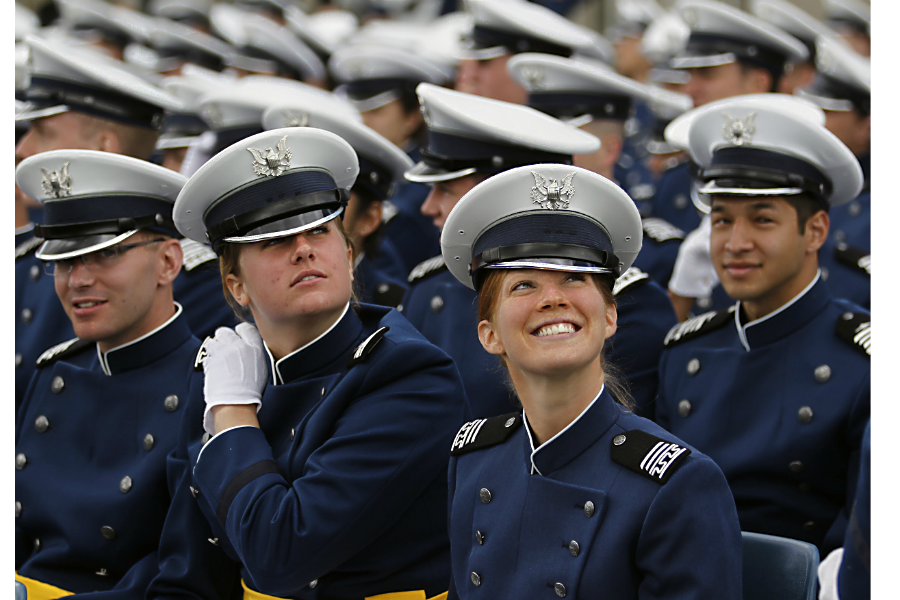Why US military doesn't welcome a decline in sexual-assault reports
Loading...
The Pentagon’s latest report card on its own efforts to bring down levels of sexual assault in the military, released this week, found that the number of United States troops reporting assault has decreased slightly – which is actually not the direction defense officials want to see that figure going.
That’s because increasing rates of reports, they say, mean that the victims’ confidence in the military system outweighs their fears of retaliation for coming forward.
The new Pentagon report calls rates of reporting “high,” but top Defense officials acknowledge, too, that they need to be doing more to prevent the crime. Of the roughly 20,000 sexual assaults that the US military estimates to occur annually, some 6,000 were reported in 2015.
They acknowledge, too, that the fear and anxiety many victims feel about coming forward is not unfounded: Two-thirds of people who report the crime experience some sort of negative backlash for doing it. That rate has remained roughly the same since 2010.
This “flies in the face of the DOD’s claim that service members have increased faith in the military justice system,” Sen. Kirsten Gillibrand (D) of New York said in a statement Thursday.
Defense officials, who got flak earlier this week for appearing to downplay rates of retaliation, acknowledge that these rates have not changed, and say that in response to stubborn rates of retaliation in particular, they are rolling out new strategies to focus on the “gray areas.”
“We care about what happens to the victims, and we want to address every single instance of negative backlash that someone may have experienced,” says Allison Greene-Sands, deputy chief of staff for the Pentagon’s Sexual Assault Prevention and Response Office.
“A big part of recovery for our victims is feeling that sense of support,” she adds, which tends to evaporate “if they feel these negative backlash things happening.”
These “gray areas” may involve, say, good intentions that have led to commanders doing “socially awkward things,” says Dr. Greene-Sands, who is quick to add that the lack of a nefarious motive does not diminish the “very, very real” feelings of marginalization and rejection that it might lead victims to feel.
These good intentions with unfortunate consequences might include, for example, a commander who transfers a sexual assault victim who has come forward, or removes her from duties, so that she doesn’t have to interact with her alleged perpetrator.
As a result, the victim can feel excluded and, worse, betrayed. “We are really trying to get at those gray areas,” Greene-Sands says. “That is the beauty of this new strategy.”
To this end, the Pentagon is exploring the idea that perhaps it is the alleged perpetrator, not the alleged victim, who should be moved, “so the victim doesn’t always have to,” she adds.
The Pentagon is also taking a hard look at its so-called bystander-intervention training, long a staple of its anti-sexual-assault campaign. This effort encourages service members to step in when they see something untoward happening, before it turns criminal.
The term “bystander,” Defense officials say, could imply that those service members watching a potential sexual assault unfold have a choice about whether or not to step in.
“Bystander does convey standing to the side and, ‘Hmmm, maybe I should, or maybe I shouldn’t,’ ” Greene-Sands says. “So we’re looking at: Do we need to use more of an ‘intervener’ word?”
Beyond semantics, the trick, she says, is making it clear that stepping in is an imperative, not a choice. And to do that, it could be helpful to train troops to better spot not just bad situations, but the subtle behavior that could lead to them.
After all, she adds, troops are trained to look after each other in battle, and the same should hold true anytime they see a fellow service member in danger.








